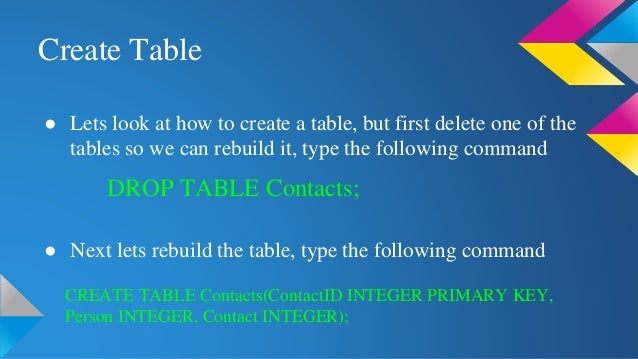

To run the SQLite manager, you will need to work from the Raspberry Pi desktop. Therefore, you should also consider installing SQLite manager, which brings a graphical user interface to work with SQL databases.
#Sqlite database browser vs sqlitestudio full#
We performed all the tasks from the command-line tool.Įventually, you will want to have full control of the database and see the whole picture. Previously, we have installed an SQLite into Raspberry Pi, created a database and table with only a few lines of script. This is why SQLite is preferred on small devices like mobile phones, embedded devices, and Raspberry Pi. There are no initial server configurations required – all you need is to create a. SQLite is a serverless engine, meaning that the whole database is stored in a single file, and all transactions are reads and write from the file. It occupies a little space on the device – a bit more than 500KB, but offers most of the features implemented on other SQL database tools.

Import 7.app.SQLite is a lightweight but powerful database management tool. SQLiteDatabase db = this.getReadableDatabase() Ĭursor cursor = db.rawQuery(countQuery, null) String countQuery = "SELECT * FROM " + TABLE_CONTACTS Public class DatabaseHandler extends SQLiteOpenHelper )
#Sqlite database browser vs sqlitestudio android#
Let's see the simple example of android sqlite database. Int update(String table, ContentValues values, String whereClause, String whereArgs)Ĭursor query(String table, String columns, String selection, String selectionArgs, String groupBy, String having, String orderBy) The third argument specifies the values to be stored. If second argument is null, android will store null values if values are empty. The table specifies the table name, nullColumnHack doesn't allow completely null values. Long insert(String table, String nullColumnHack, ContentValues values) There are many methods in SQLiteDatabase class. It contains methods to be performed on sqlite database such as create, update, delete, select etc. Public void onDowngrade(SQLiteDatabase db, int oldVersion, int newVersion)Ĭalled when database needs to be downgraded. Public abstract void onUpgrade(SQLiteDatabase db, int oldVersion, int newVersion)Ĭalled when database needs to be upgraded. Public abstract void onCreate(SQLiteDatabase db)Ĭalled only once when database is created for the first time.

There are many methods in SQLiteOpenHelper class. SQLiteOpenHelper(Context context, String name, SQLiteDatabase.CursorFactory factory, int version, DatabaseErrorHandler errorHandler)Ĭreates an object for creating, opening and managing the database. SQLiteOpenHelper(Context context, String name, SQLiteDatabase.CursorFactory factory, int version)Ĭreates an object for creating, opening and managing the database. There are two constructors of SQLiteOpenHelper class. For performing any database operation, you have to provide the implementation of onCreate() and onUpgrade() methods of SQLiteOpenHelper class. The class is used for database creation and version management. SQLiteOpenHelper class provides the functionality to use the SQLite database. For displaying data on the spinner or listview, move to the next page. Here, we are going to see the example of sqlite to store and fetch the data. So, there is no need to perform any database setup or administration task. used to perform database operations on android devices such as storing, manipulating or retrieving persistent data from the database. SQLite is an open-source relational database i.e.


 0 kommentar(er)
0 kommentar(er)
